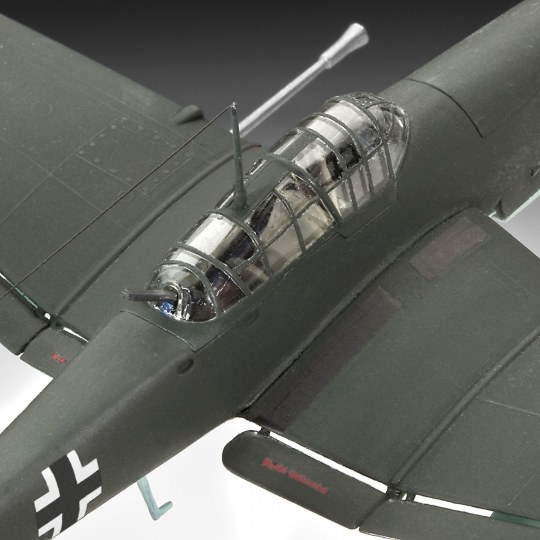
They were always better suited for quick raids and to disappear just as quickly afterwards before they were involved in air combat with Me 109 G and Fw 190.Īfter the removal from the escort duties for the bombers some of the first C-models were used as tugs for cargo gliders – among them the gigantic Me 321. Although this aircraft was able to perform several noteworthy missions, the losses of the P-38 were high compared to other Allied fighters in the second half of the war. Probably the relatively still most successful twin-engined fighter during the Second World War was the American Lockheed P-38 Lightning. Even in the later course of the war, when even more powerful engines and better aircraft designs were available, it was not very successful. It is interesting to note that the heavy fighter or ‘destroyer’ concept could never be satisfactorily applied in daytime operations – quite in contrast to its later common use as a night fighter. It happened regularly during these air battles that the Me 110C had to be escorted by Me 109 Emil single-seaters, while the Me 110 was expected to protect the bombers.Īfter about 200 Me 110C were lost, the failure of the destroyer concept became clear and the German Luftwaffe withdrew them from day missions against the RAF. This was demonstrated alarmingly during the Battle of Britain, where the Bf 110C became easy prey for the RAF’s Supermarine Spitfire and Hawker Hurricane. Although the ‘destroyer’ was heavily armed, it could not easily use this armament against the more agile enemy fighters and was usually outmaneuvered. But soon the basic problem of the heavy fighter concept arose – at least for the types during the first half of the Second World War – that all twin-engined fighters were not fast and maneuverable enough to take on even halfway be useful in dealing with enemy single-seat fighters. The two fighter-bombers C-4/B and C-7 were both powered by improved 1,200 HP DB601N engines.ĭuring the Polish campaign the Me 110C mainly saw operations in the support role for ground troops. C-3 with improved automatic cannons, C-4 with improved tank protection for the crew, C-4/B as a fighter bomber, C-5 for long-range reconnaissance missions and C-7, also a fighter bomber. Sub-versions included the C-2 with improved radio equipment. The Bf 110C-1 was introduced to the Luftwaffe in April 1939 and more than 300 planes were delivered by the end of the year.

The first production aircraft Me 110C-1 flew in January 1939 and the C-Series became the standard heavy fighter during the years 1939-40.

Only a total of 45 B-Series aircraft were built before the 1,100 HP DB601A injection engine became available and was used for the subsequent C-models. Unlike other aircraft of the German Luftwaffe, these were not tested during the Spanish Civil War and were instead converted to B-2 and B-3 for pilot training.

This included the introduction of the cleanly formed nose, which accommodated two additional 20-mm MG-FF machine guns.
GERMAN TANK BUSTER PLANE SERIES
These were used for the development of the first Bf 110 B-1 series aircraft. Next came 10 pre-series Me 110B-0 aircraft, which were completed in spring 1938 with 670 HP Jumo 210G engines. The armament of the Bf 110A consisted of four 7.92 mm MG 17 machine guns in the nose and an MG 15 of the same caliber in the rear cockpit.

This turned out to be unsatisfactory and the Bf 110B-0 with 710 HP Jumo 210G engines quickly followed. Tested in Rechlin in early 1937, the Bf 110 achieved an excellent turning speed of 314 mph (505 km/hr), but was slow to fly and its maneuverability left much to be desired.īut the lack of engines meant that the first four Me 110A-0 pre-series aircraft had to be equipped with two 680 HP Junkers Jumo 210Da engines. The Messerschmitt Bf 110 (or Me 110) was developed from 1934 onwards to meet the heavy fighter (destroyer) requirements and the prototype Bf 110V1 first flew on, powered by two 910 HP DB600 engines. With long range they should be able to accompany bombers in their raids on the enemy hinterland. The destroyer, on the other hand, should be able to fight both bombers and single-seater fighters and compensate for the possibly lower maneuverability by higher firepower. This specification was later replaced by two separate ones, one of which became the Ju 88.


 0 kommentar(er)
0 kommentar(er)
